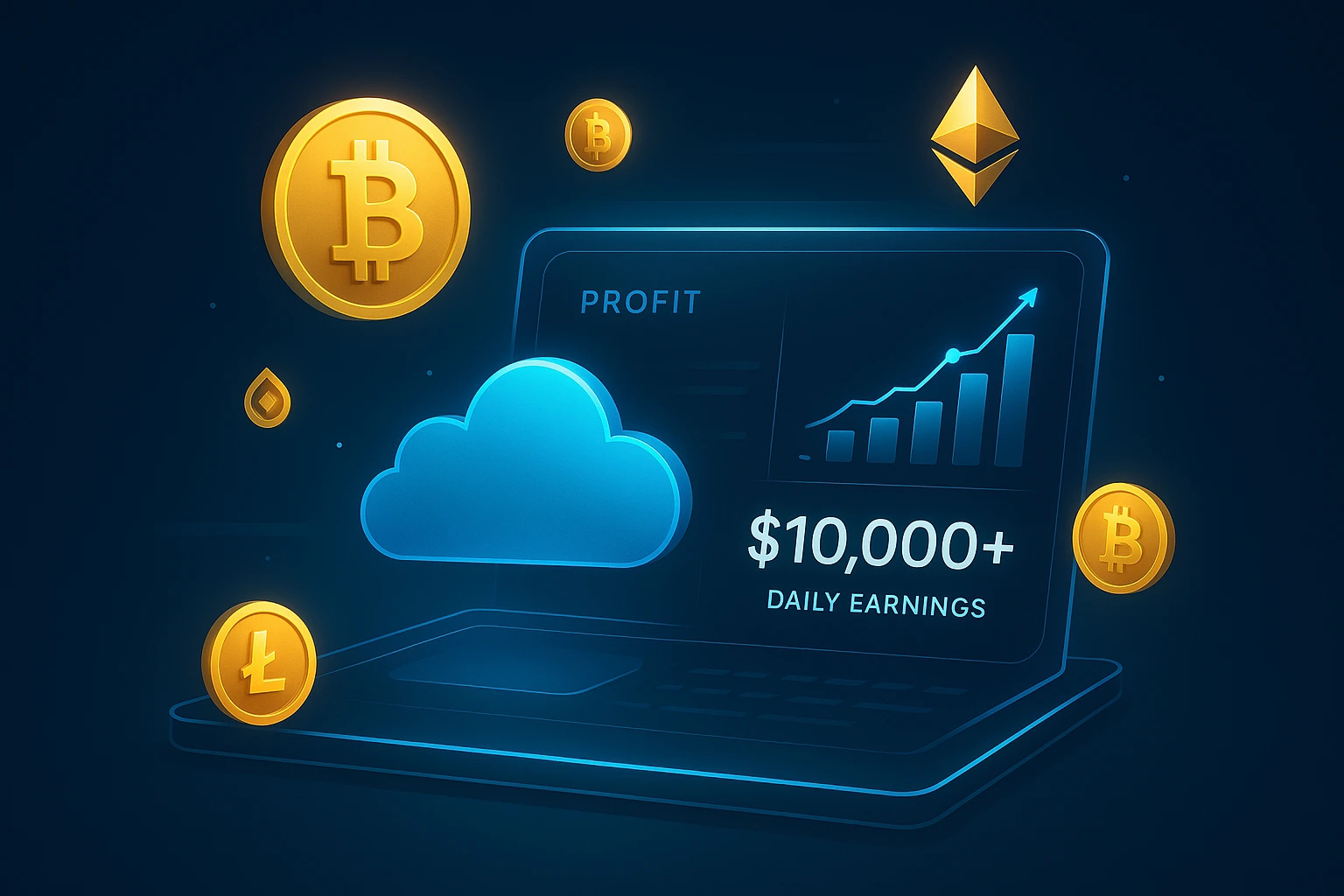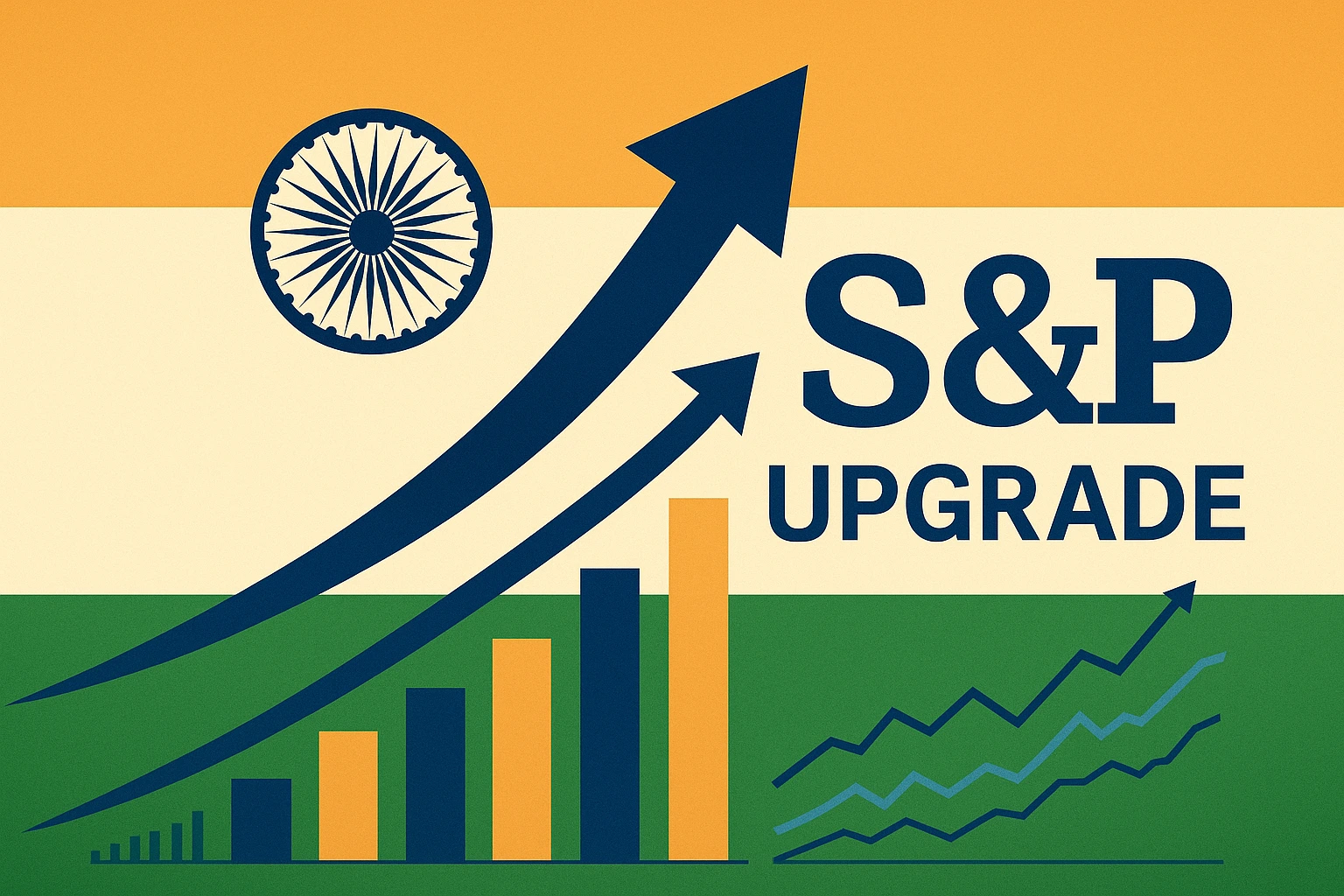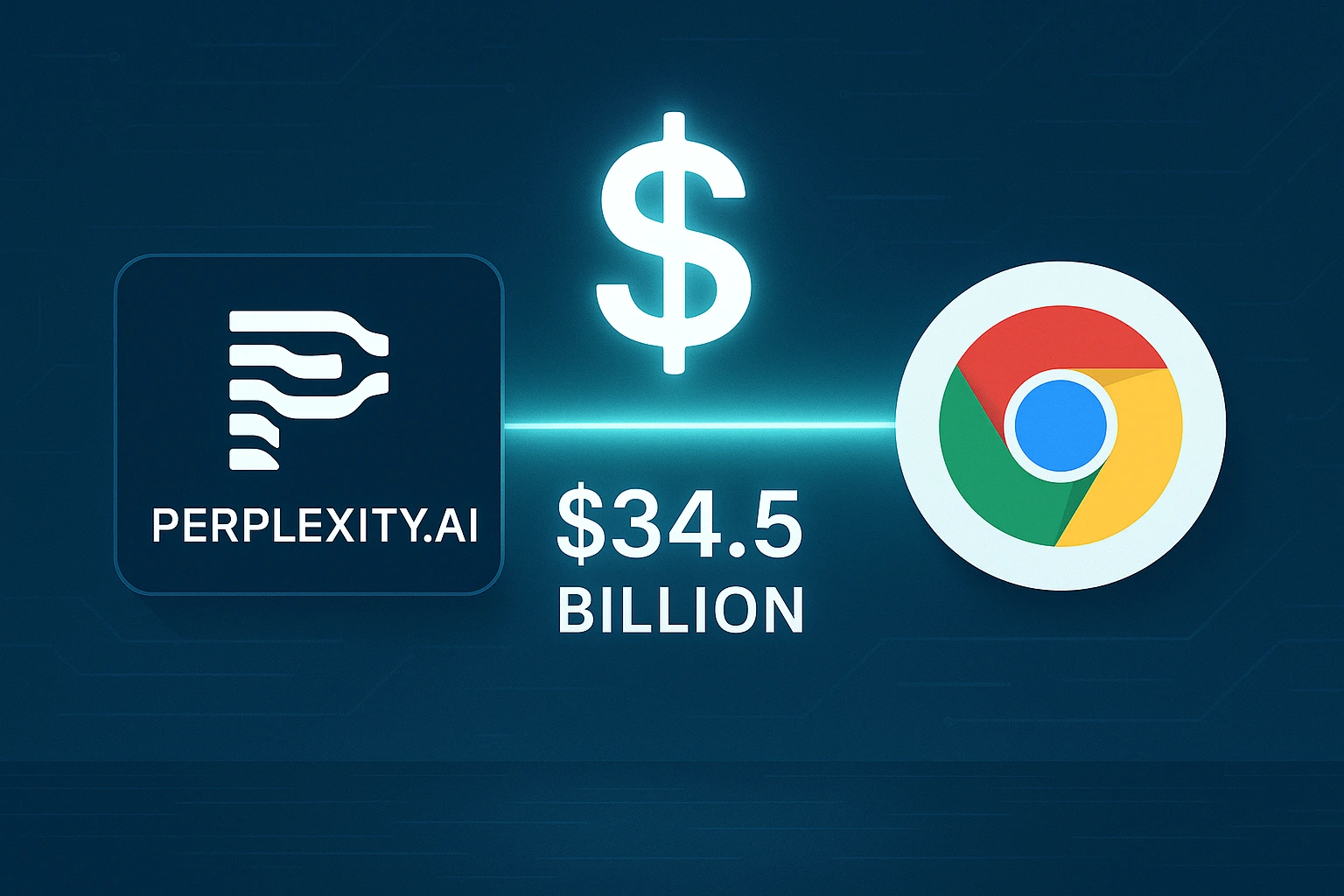Introduction: What Is a Credit Card?
A credit card is a small plastic (or metal) card that lets you borrow money from a bank or financial institution to make purchases. Unlike cash or debit cards, you’re not spending your own money upfront—instead, you’re using the issuer’s funds, which you’ll repay later. Think of it like a short-term loan that resets every month.
People use credit cards for convenience (no need to carry cash), rewards (like cashback or travel points), and to build a credit history. However, mismanagement can lead to debt. For example, swiping a credit card for a 100purchasetodaymeansyou’llowetheissuer100 later, plus interest if you don’t pay it back on time.
Curious how this works? Let’s break it down step by step.
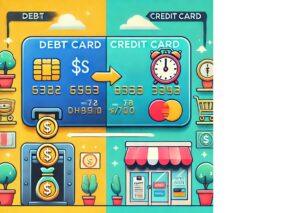
Credit Cards vs. Debit Cards: What’s the Difference?
While both cards look similar, they work very differently:
Debit Cards: Pull money directly from your bank account. If you spend
50,50 is deducted immediately.
Credit Cards: Let you borrow money up to a pre-set limit. You’ll repay it later, with interest if you carry a balance.
Why does this matter?
Credit cards impact your credit score (debit cards don’t).
Missed credit card payments can lead to debt; debit cards only spend what you have.
For example, using a credit card to buy a
A $1,000 laptop can be paid for over time with financing, but if you only make the minimum payments, interest accumulates, increasing the total cost. In contrast, using a debit card requires paying the full $1,000 upfront, avoiding interest charges.
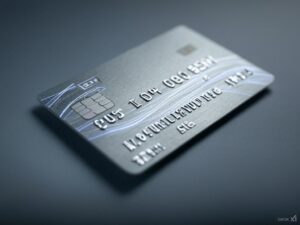
The Anatomy of a Credit Card
Let’s decode the numbers and symbols on your card:
Card Number: The 16-digit unique identifier (e.g., 4111 1111 1111 1111).
Expiration Date: When the card expires (MM/YY).
CVV/CVC: The 3- or 4-digit security code on the back.
Chip/Magnetic Strip: Stores encrypted data for secure transactions.
Issuer Logo: The bank or company providing the card (e.g., Visa, Chase).
Each component ensures security and smooth transactions. For instance, the CVV prevents fraud for online purchases.
Key Credit Card Terms You Need to Know
APR (Annual Percentage Rate): The yearly interest rate charged on unpaid balances. If your APR is 18%, you’ll pay ~1.5% monthly interest.
Credit Limit: The maximum amount you can borrow (e.g., $5,000).
Minimum Payment: The smallest amount you must pay by the due date to avoid late fees (often 2-3% of your balance).
Grace Period: The 21–25 days between your statement date and payment due date. Pay in full during this time to avoid interest.
Pro Tip: Always check your card’s terms and conditions. The Consumer Financial Protection Bureau (CFPB) offers great resources for understanding fees.
How Credit Cards Work: Step by Step
Making a Purchase: When you swipe your card, the merchant’s bank checks with your issuer to approve the transaction.
Authorization: The issuer confirms you have enough credit and “holds” the amount.
Settlement: At the end of the day, the merchant gets paid, and the purchase is added to your balance.
Billing Cycle: Typically 30 days long. All purchases during this period appear on your monthly statement.
Due Date: Pay your balance by this date to avoid interest.
For example, if your billing cycle is January 1–31, your payment is due around February 21.
Understanding Your Credit Card Statement
Your monthly statement includes:
Purchases: All transactions during the billing cycle.
Payments/Credits: Any payments or refunds.
Interest Charges: If you carried a balance.
Minimum Payment Due: The smallest amount to keep your account in good standing.
Pro Tip: Pay the statement balance in full to avoid interest. If your balance is
500 and you pay 500, you’ll owe $0 in interest.
Interest and Fees: How They Add Up
Interest: If you carry a 1000 balance with an 1815
in interest monthly.
Common Fees:
Annual fee (0–0695).
Late payment fee (up to $40).
Foreign transaction fee (1–3% of purchases abroad).
Avoid Fees: Set up autopay for the minimum payment and track due dates.
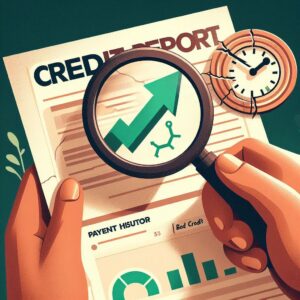
The Importance of Credit Scores and Credit Reports
Your credit card habits directly impact your credit score, which lenders use to judge your reliability. Key factors:
Payment History (35%): Late payments hurt your score.
Credit Utilization (30%): Keep balances below 30% of your limit.
Check your credit report for free at AnnualCreditReport.com.

Types of Credit Cards
Rewards Cards: Earn cashback, points, or miles (e.g., Chase Sapphire Preferred).
Secured Cards: Require a cash deposit as collateral (great for rebuilding credit).
Student Cards: Designed for college students with limited credit history.
Balance Transfer Cards: Offer 0% APR for consolidating debt.
Compare cards on NerdWallet to find the best fit.
The Risks of Misusing Credit Cards
Debt Spiral: High-interest balances can balloon quickly. For example, a $2,000 balance at 20% APR takes 3+ years to pay off with minimum payments.
Credit Score Damage: Late payments stay on your report for 7 years.
Avoid Overspending: Treat your credit card like a debit card—only spend what you can repay.
How to Apply for a Credit Card
Check your credit score (use free tools like Credit Karma).
Compare cards based on your needs (e.g., travel rewards vs. low APR).
Submit an application (requires income, SSN, and employment details).
If denied, ask the issuer why and work on improving your credit.
Responsible Credit Card Habits for Beginners
Pay in Full Monthly: Avoid interest charges.
Track Spending: Use apps like Mint to monitor purchases.
Set Spending Alerts: Get notified when you near your credit limit.
FAQs About Credit Cards
Q: Is it bad to carry a balance?
A: Yes! Interest adds up fast. Aim to pay in full.
Q: How many credit cards should I have?
A: Start with one. Add more only if you can manage payments.
Q: What if I lose my card?
A: Call your issuer immediately to report it. Most offer $0 fraud liability.
Conclusion: Empowering Yourself with Financial Knowledge
Credit cards are powerful tools when used wisely. By understanding terms, avoiding debt traps, and paying on time, you’ll build credit and unlock perks like travel rewards. For more tips, explore Investopedia’s credit card guide.
Remember: A credit card isn’t free money—it’s a responsibility. Spend smart, pay on time, and watch your financial confidence grow!



